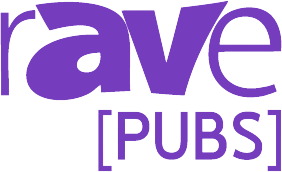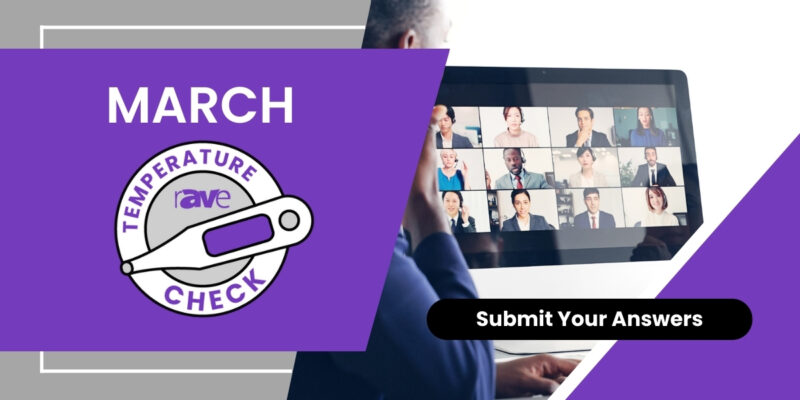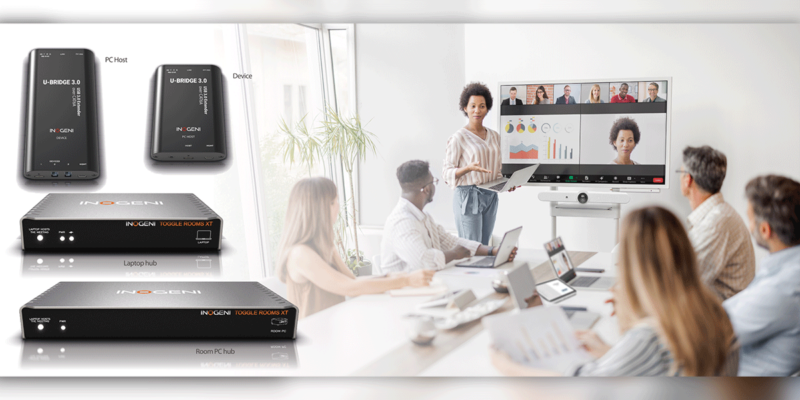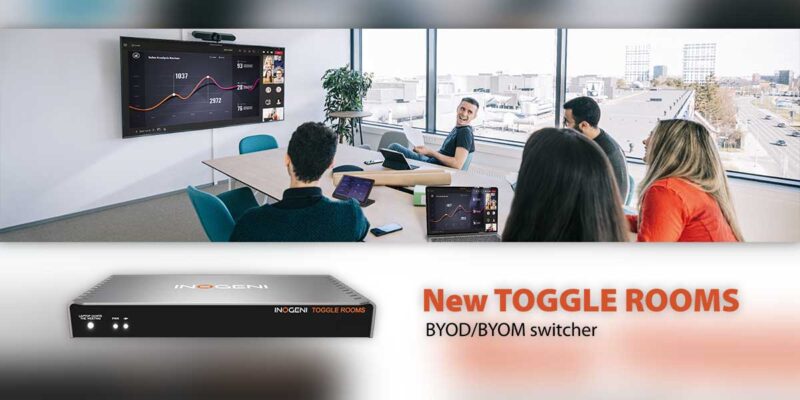Owning BYOD: Don’t Forget the PD
 The Bring Your Own Device (BYOD) discussion continues. Some are in favor, some aren’t, and some are somewhere in the middle — or at different points along that journey. While most are looking to the clouds, classroom teachers still have four walls and close to 30 students. Teachers can’t be expected to know how to operate 15 or more different devices, but they do need a way to get what students do on those devices—into a seamless, compatible and useable format. I know that there are some online resources, such as Dropbox and Box that do that, but the more you add to the teacher, student, tech classroom equation the more difficult it becomes for teachers — other than those tech-savvy teaching pioneers.
The Bring Your Own Device (BYOD) discussion continues. Some are in favor, some aren’t, and some are somewhere in the middle — or at different points along that journey. While most are looking to the clouds, classroom teachers still have four walls and close to 30 students. Teachers can’t be expected to know how to operate 15 or more different devices, but they do need a way to get what students do on those devices—into a seamless, compatible and useable format. I know that there are some online resources, such as Dropbox and Box that do that, but the more you add to the teacher, student, tech classroom equation the more difficult it becomes for teachers — other than those tech-savvy teaching pioneers.
The question to answer is this: as a classroom teacher, how do I get the work my students do to a common place, in a useable condition for classroom sharing? Here’s the point. All companies, especially those in the AV/Presentation education marketplace need to own BYOD. Remember that while most schools have a network with shared folders, different devices have proprietary ways of handling similar tasks. And also remember that many districts will not allow reaching out to resources such as Dropbox and box, which may or may not work inside the district/classroom walls.
If a device, whether display, audio or board can answer that usable-collection classroom teacher’s question, it will be in demand, and the company will own BYOD. Figure that out — so that a self-contained classroom teacher can teach and have students share audio and video easily, from different devices, within the classroom environment, without format headaches or heading to the clouds is something teachers, administrators and CTOs will understand. It may not be as future-tech as we’d like, but it sure addresses a problem using present tech in a classroom with kids for a teacher who may not be the most tech-savvy on the planet. Giving a teacher a way to work with a presentation device, where his/her students create and submit work from many, varied devices will help move educators along a less scary tech path.
Now, I know that BYOD has other challenges, but speaking as an educator who always had to figure out a way to technologically share what students technologically created inside the walls of a classroom, school, or district—simpler is better. Not many would take the time it took me to convert, even the simplest student created projects for presentation. While it was a kick for me, it may be a waste of time for most teachers. Figure that out for your presentation device and the BYOD education crowd will come knocking at YOUR door.
What do well-known digital education leaders think of BYOD?
Patrick Larkin, assistant superintendent for learning, Burlington Public Schools, Burlington, Mass. is a 2012  NASSP Digital Administrator Award Winner with an education blog at PatrickMLarkin.com. He says, “I think the biggest stumbling block is still to get all of the stakeholders convinced that BYOD can help us create more engaged learning environments for our students. It is tough for many to get away from the idea that these devices will be a massive distraction, which will hinder learning when we know the reality is that they can be incredible tools to enhance learning.
NASSP Digital Administrator Award Winner with an education blog at PatrickMLarkin.com. He says, “I think the biggest stumbling block is still to get all of the stakeholders convinced that BYOD can help us create more engaged learning environments for our students. It is tough for many to get away from the idea that these devices will be a massive distraction, which will hinder learning when we know the reality is that they can be incredible tools to enhance learning.
Many schools either do not allow BYOD technologies such as phones and others have recently lightened their stance on banning devices so we have a lot of work to do educating adults (staff and parents) as to how BYOD can help us create more engaged and relevant learning experiences for students.”
Steven Anderson, director of instructional technology for Winston-Salem/Forsyth County Schools in North Carolina is well known in the Twittersphere as Web20Classroom and blogs at http://blog.web20classroom.org. He says, “There are several challenges with BYOD. Some would say the equity of access to devices is the biggest, however, for me, it is the shift in pedagogy needed for the classroom teacher. All students having access to information means that teaching has to change. It cannot be sit and get. There has to be higher levels of engagement, and more opportunities to create new knowledge. So BYOD isn’t just making the school network available for student/staff access. There has to be a cultural shift in the way we teach.”
 Arie Wels Teaches at Elde College in Schijndel, The Netherlands, and is head of the computer science department as well as an IT manager. Wels? is also co-founder and on the board of directors member for EduCloud Foundation. It pays to get an “over the pond” look. Wels says, “Encourage use of BYOD. Offer free Wi-Fi in your school building, depending on school policy, norms and values filter connection accordingly. Teach students how to setup their IMAP, POP, AGENDA and promote education apps. Offer training to teachers who would like to promote the use of BYOD in class and on excursions outside the class. Let BYOD start small and the adoption will happen.”
Arie Wels Teaches at Elde College in Schijndel, The Netherlands, and is head of the computer science department as well as an IT manager. Wels? is also co-founder and on the board of directors member for EduCloud Foundation. It pays to get an “over the pond” look. Wels says, “Encourage use of BYOD. Offer free Wi-Fi in your school building, depending on school policy, norms and values filter connection accordingly. Teach students how to setup their IMAP, POP, AGENDA and promote education apps. Offer training to teachers who would like to promote the use of BYOD in class and on excursions outside the class. Let BYOD start small and the adoption will happen.”
Eric Sheninger, principal of New Milford High School in New Jersey, is a NASSP Digital Principal Award Winner 2012 and blogs at http://ericsheninger.com/esheninger. Sheninger is at the forefront of digital learning nationwide. Sheniger says, “Many administrations and school leaders shy away from BYOD in fear of creating an inequitable environment (haves and have nots). However, this should not be used as an excuse to allow students to bring their own devices to school for learning purposes. It is up to education leaders to develop innovative ways to create the most equitable environment possible by leveraging available resources, cooperatively grouping students, and training staff.
 These administrators bring up an important piece of the puzzle, beyond to BYOD or not, for no matter how simple or seamless the tech may appear, staff professional development will play a part. I do know that everyone can’t be a teaching tech superstar, but some basic training can help. This, too, has to be looked at through educators’ eyes — what do educators need? Look at that rather than what WE think they need or want to give them.
These administrators bring up an important piece of the puzzle, beyond to BYOD or not, for no matter how simple or seamless the tech may appear, staff professional development will play a part. I do know that everyone can’t be a teaching tech superstar, but some basic training can help. This, too, has to be looked at through educators’ eyes — what do educators need? Look at that rather than what WE think they need or want to give them.
I have friends who only use smartphones for digital images, audio and video. While it can be done, making sure that the format is universal or classroom usable is important. By that I mean, usable without being a format magician. Some people get a kick out of reformatting and will spend hours doing it. For most, that’s crazy time spent and not worth the effort. Again, if a company could figure that out in a self-contained way for its classroom presentation devices — that would be something special for most teachers and students, especially those with an array of devices and handhelds in a BYOD environment. It’s not the device, it’s getting what you do on it off — and easily usable — that is the problem to solve.
 Companies already thinking BYOD are still trying to get a handle on it. CEO and founder of Classlink Berj Akian was on the cutting edge of Cloud in education and is now tackling BYOD. According to a March 2012 Classlink survey 58 percent of districts are looking into BYOD, while the rest are either there or piloting in some fashion. “BYOD is a local matter for classroom teachers and building principals. To be successful, BYOD should not be thought of as a tech topic, it’s an improve student learning and engagement topic. BYOD breaks old norms in technology installation, too. More technology devices will come in during ‘back from the winter holiday breaks’ than ‘back to school’. Classroom pedagogy and wireless infrastructure should plan accordingly,” says Akian.
Companies already thinking BYOD are still trying to get a handle on it. CEO and founder of Classlink Berj Akian was on the cutting edge of Cloud in education and is now tackling BYOD. According to a March 2012 Classlink survey 58 percent of districts are looking into BYOD, while the rest are either there or piloting in some fashion. “BYOD is a local matter for classroom teachers and building principals. To be successful, BYOD should not be thought of as a tech topic, it’s an improve student learning and engagement topic. BYOD breaks old norms in technology installation, too. More technology devices will come in during ‘back from the winter holiday breaks’ than ‘back to school’. Classroom pedagogy and wireless infrastructure should plan accordingly,” says Akian.
I recently video interviewed Qualcomm Director of Mobile Reach Kristin Atkins. Please watch and listen. The October Wireless EdTech Conference in Washington, D.C. may be a place you need to be this year. They will certainly be talking BYOD.
Now, talking BYOD won’t make any sense unless educators have a tech foundation for classroom use. Here are the four things I’d teach all educators, if I had the chance. They can all be done with free and easy-to-use software without scaring anyone away. And they make a great foundation for using tech in the classroom.
- One word processing application. I don’t care what it is — MS Word or something online like Google Docs — if available. You may find this a crazy one to list, but I have been in professional development workshops, where the presenter was sharing incredible, way-out-there ideas, while teachers in front of computers couldn’t use a word processing software, even in the simplest way. Learning how to save documents to a location for future retrievable is a valuable learning aside as well. This is not a time for keyboarding lessons so don’t give any.
- How to take a digital photo using an inboard or attached camera. Most computing devices have at least one camera; using it/them is fundamental. Owning a cell phone doesn’t make anyone an expert. Later, as a follow-up, sharing a simple photo editing application would be great. First, capturing and image and saving it where it can be found, again, are the plan.
- How to record and save simple voice recordings. Again, no editing here. Whether it’s free Sound Recorder or Audacity, it doesn’t matter. The ability to record sound and voice in a classroom easily and quickly will inspire ideas.
- How to record a simple movie is a valuable goal. There is no reason it can’t be done by every teacher, so that it is a useful lesson extension, or integral daily teaching tool. Again, no editing required, and it can be easily done using onboard or attached cameras. This is as easy as clicking start and stop—and then saving to a searchable and retrievable location.
 I dare say that if I knew the type of equipment, an initial professional development lesson like this would require an hour. It could certainly be done during an after school/before school gathering, or as part of a summer program before the new school year begins. While this may not be something for your pioneering app/device users, it is something for most teachers, even if it is presented as a refresher. You’d be amazed at how many of those so-called tech experts will learn something from these simple tech shows. Following up later with presentation ideas and devices will be easier next steps.
I dare say that if I knew the type of equipment, an initial professional development lesson like this would require an hour. It could certainly be done during an after school/before school gathering, or as part of a summer program before the new school year begins. While this may not be something for your pioneering app/device users, it is something for most teachers, even if it is presented as a refresher. You’d be amazed at how many of those so-called tech experts will learn something from these simple tech shows. Following up later with presentation ideas and devices will be easier next steps.
I know that Bring Your Own Device/Technology is far more multi-faceted than one column can share, and with more time, who knows how many different points of view there’d be on the same topic — and from as many educators/marketplace leaders. What I do know is that districts are looking at BYOD, most without a clue as to what it means or how to do it. More districts will follow. It is another place where the education marketplace can guide and lead. Owning education BYOD, Cloud, and Professional Development makes sense — customers will look to companies providing those things.
Ken Royal is a teacher/education and education technology blogger/reporter, video interviewer, podcaster, education event news commentator with 34 years of classroom/school and instructional technology experience. His teaching accomplishments include being four-time district teacher of the year, Connecticut Middle School Teacher of the Year and Bill and Melinda Gates award for Technology School of Excellence. Reach Ken at ken@ravepubs.com or on Twitter at http://www.twitter.com/kenroyal





